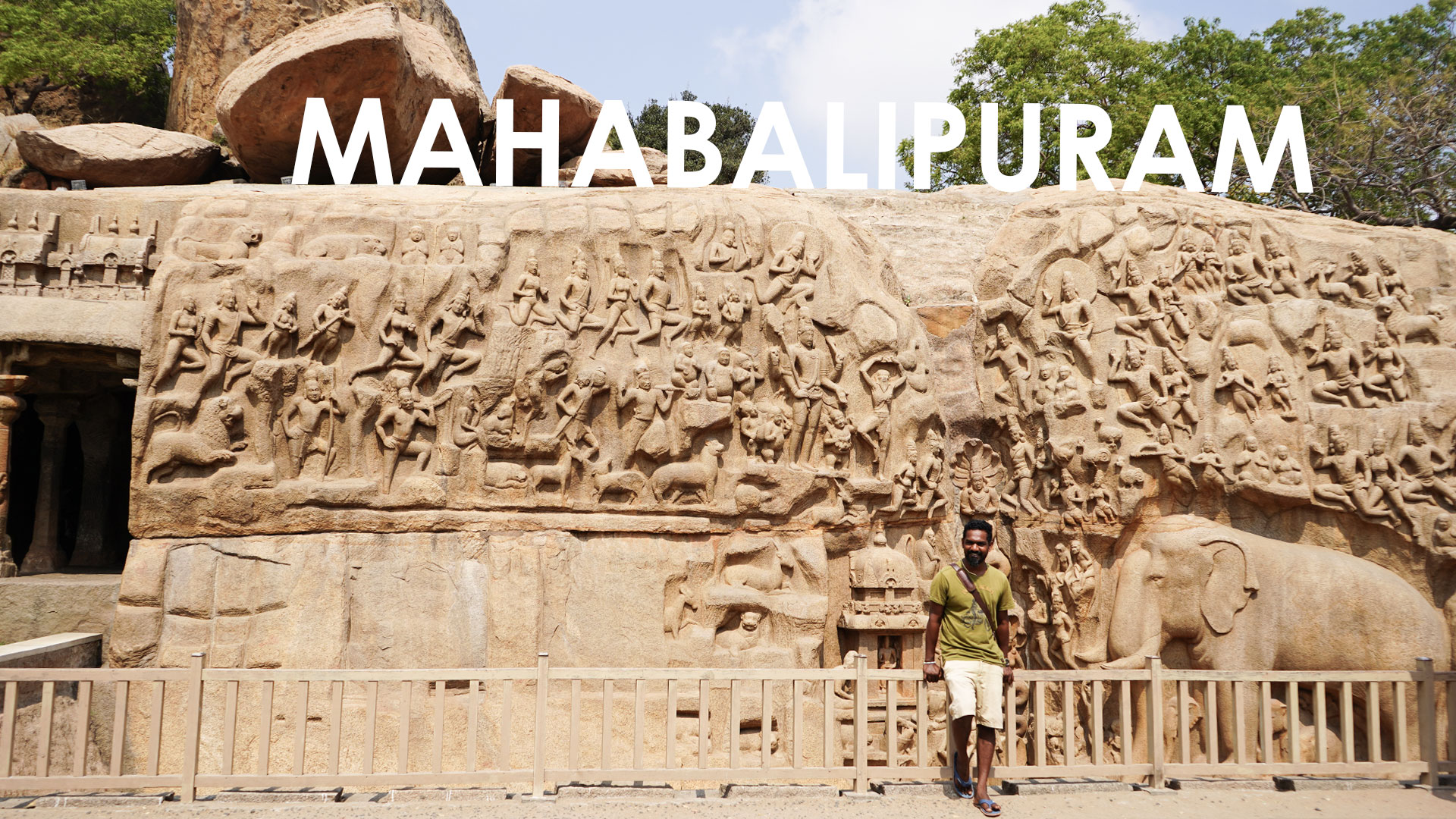The Shore Temple in Mahabalipuram is one of the most iconic and historically significant monuments in India. Located on the coastline along the Bay of Bengal, this ancient temple complex dates back to the 8th century and was built during the reign of the Pallava dynasty, under the rule of King Narasimhavarman II (Rajasimha). It is one of the earliest stone temples in South India and a masterpiece of early Dravidian architecture.
The Shore Temple is renowned for its stunning setting and exceptional architectural design. It is composed of two main temples dedicated to Lord Shiva and Vishnu, reflecting the religious diversity of the period. The temple complex is built with granite, and its striking feature is its location, perched on the shores of the Bay of Bengal, which offers breathtaking views, especially during sunrise and sunset.
The temple’s architecture follows the Pallava style, characterized by its intricately carved sculptures, towering spires, and beautifully crafted sanctums. The main shrine is dedicated to Lord Shiva, represented in the form of a lingam, and there are smaller shrines dedicated to Lord Vishnu and other deities. The temple also showcases carvings of mythological figures, including deities, animals, and celestial beings, adorning its walls.
One of the most notable features of the Shore Temple is its sculptural beauty, with reliefs and carvings that depict scenes from Hindu mythology, as well as intricately designed pillars. The temple’s towering spires (Shikhara) and the overall design highlight the advancement in temple architecture during the Pallava period.
Over time, the Shore Temple has endured the wear and tear of natural elements, but its enduring beauty and cultural significance remain intact. It is also believed that the Shore Temple was once part of a larger temple complex that included several other structures, some of which have since been eroded by the sea.
As a UNESCO World Heritage Site, the Shore Temple is an architectural gem that attracts tourists, pilgrims, and art lovers alike. It serves not only as a place of worship but also as a stunning example of Pallava artistry, providing insight into the history, culture, and religious life of ancient India.

